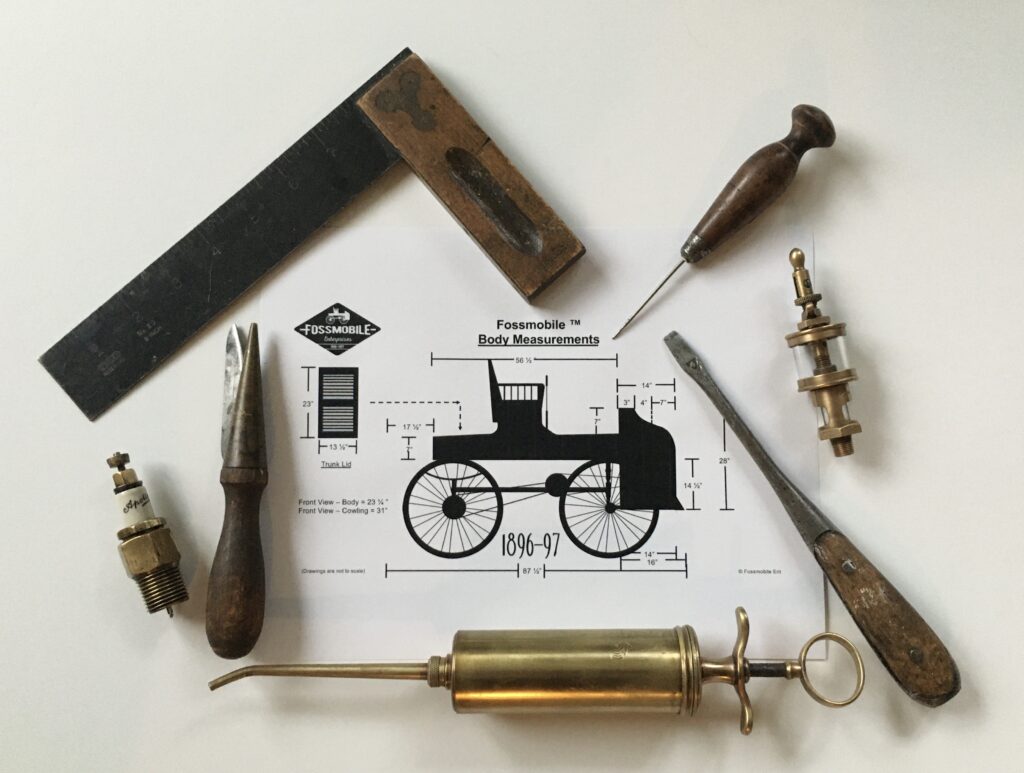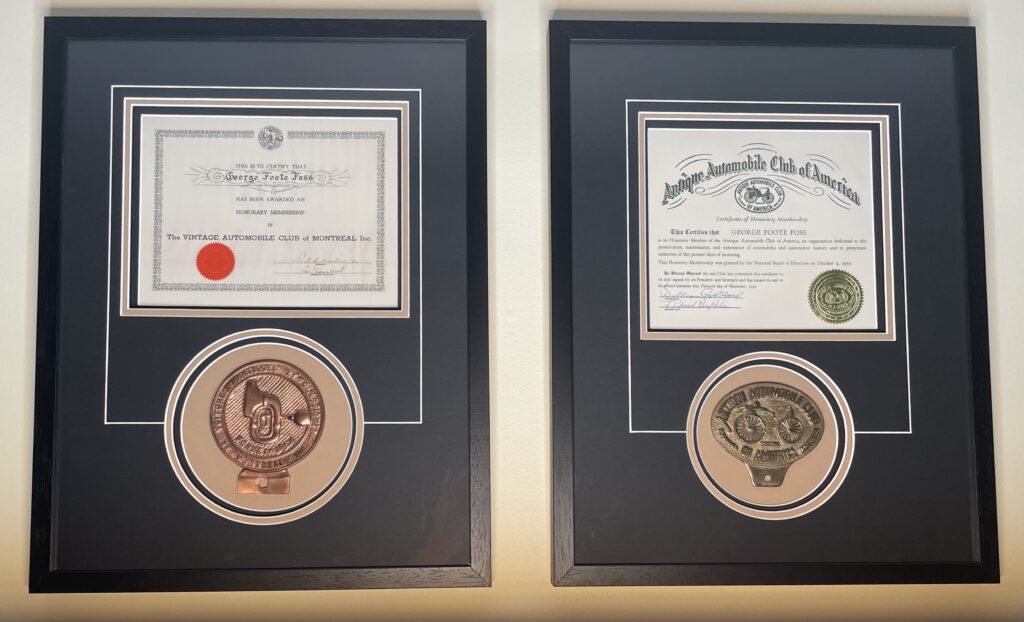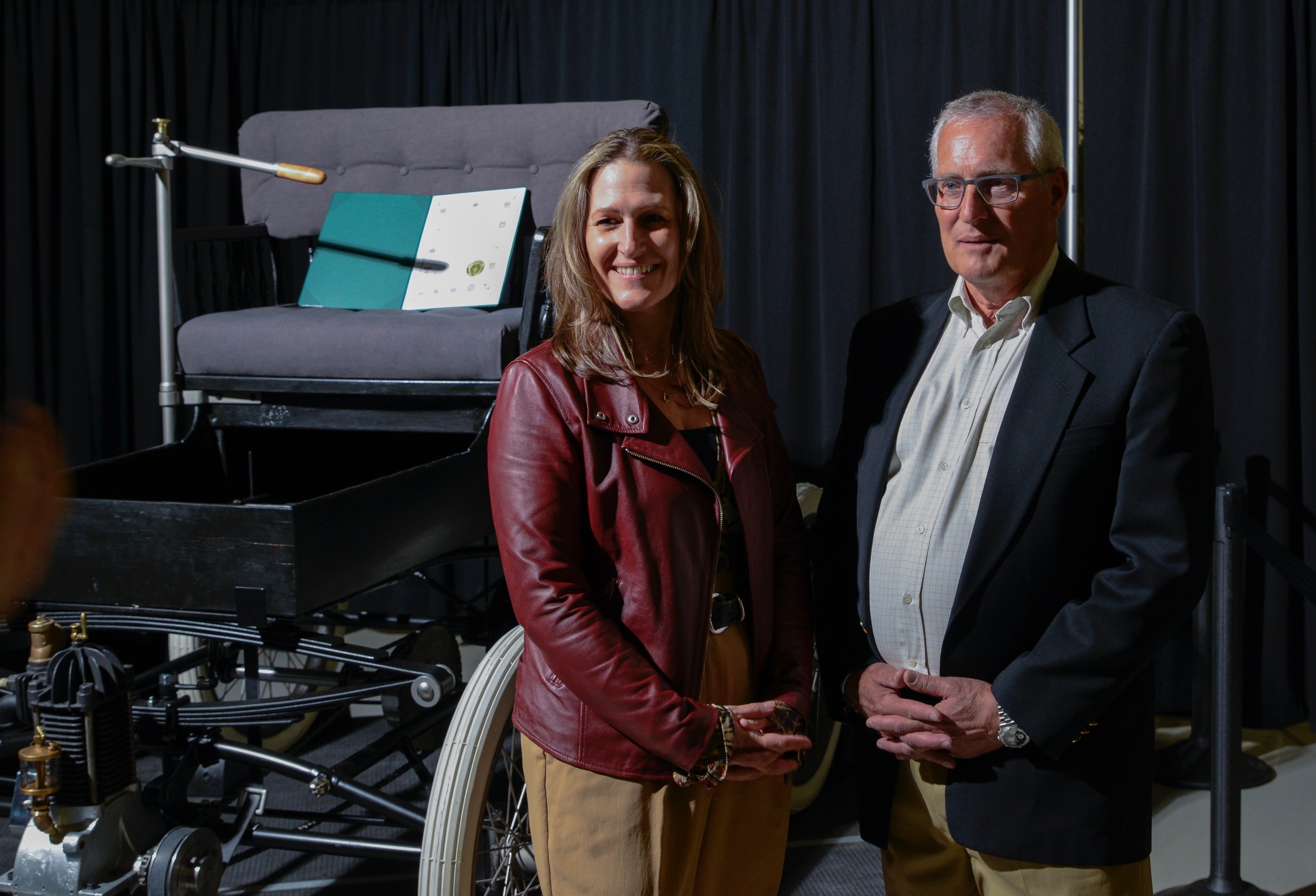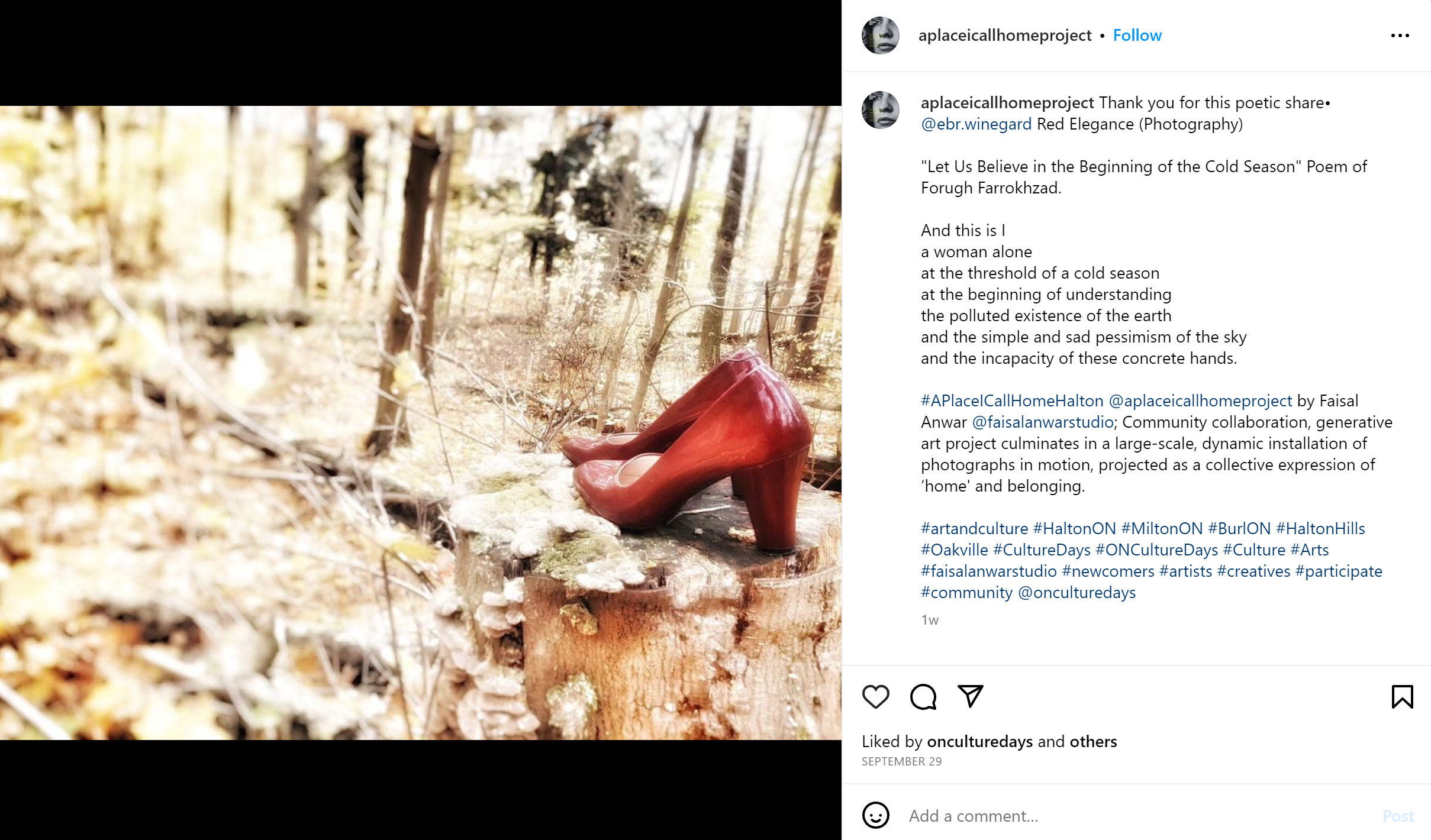When George Foote Foss built the Fossmobile, Canada’s first successful gas-powered car, over 125 years ago, he was not thinking about building his family’s legacy. He was just trying to grow his business.
Nevertheless, with grandson Ron’s rebuilding of a tribute Fossmobile last year in Burlington and Halton Hills, and its subsequent donation to the Canadian Automotive Museum in Oshawa, the Foss family is firmly placed in Canada’s history.
Ron recalls often hearing about the Fossmobile as a “little tyke in the kitchen,” as he and his family visited George every second Sunday as Ron was growing up. He remembers his grandfather, who died when Ron was 14 years old, as “quiet and shy…[and] resisted taking credit for anything.”
George even turned down the opportunity to mass-produce the Fossmobile with Henry Ford, a decision that he never once regretted. Indeed, he actually thought that the automobile had become a menace in the 1930s through the 1950s, with its lack of safety features; Ron says, “He wanted to remove himself from what it became.”
The Fossmobile was built in Sherbrooke, Quebec, over the winter of 1896 and until its completion in spring 1897, in George’s bicycle repair shop. George had travelled down to Boston to purchase a metal lathe for his workshop, which he was transitioning to a machine shop, where he could make parts as well as continue repairing bicycles. While in Boston, he rented an electric car, whose battery only lasted a few hours. This didn’t surprise inventor George, who had already built himself a chain-driven, battery-powered outboard motor for his boat — he often found himself stuck in the middle of the river when the batteries ran out. This experience piqued George’s interest in automobiles, though he knew, as Ron says, “that if the motor vehicle was going to have any chance at all, it would have to be with a combustion engine.” And so the Fossmobile was built.

Once it was built, it served George well, as he used it to deliver parts and better serve his clients — as such, it “may have been the first commercial vehicle in Canada as well,” notes Ron. George even did the trip from Sherbrooke to Montreal a few times, which Ron imagines to have been “quite the journey, [with] poor roads…[it was] just a little buggy.” George would have had to drive the Fossmobile across the 2.7-km Victoria Bridge, which was both the only connection between the South Shore and Montreal and the longest bridge in the world at the time.
The roads were not built for cars at that time; Ron remembers his grandfather telling stories about the Fossmobile getting stuck in the mud, and having to be pulled out with horses. And Sherbrooke is very hilly, so was probably “disastrous in the spring,” and full of mud. Ron also recalls George talking about the one problem with the Fossmobile: the chain would jump off the sprocket, like on a bicycle, and “he’d have to jump off and put it back on; he knew how to fix, but never got around to it.” The Fossmobile still served George and his customers well for four years around Sherbrooke.
Then, upon moving to Montreal, snow-covered streets proved to be another issue: “Merchants would shovel [sidewalks] for customers, but the roads were left as is for horse-drawn carriages,” Ron notes. The solution? George just drove on the sidewalk. That, however, led to him getting ticketed by the police.
The Fossmobile then was left unused for a year before George sold it in 1902 for $75.

The location of that original Fossmobile is unknown; as a child, Ron and his father, Milton, used to “poke around the Montreal area to see if it was in someone’s barn or shed, but the original never turned up.”
Milton was also “a tinkerer,” Ron says, and on those childhood visits to his grandfather, Ron remembers going into George’s basement with Milton and looking at George’s tools. “My dad would say, ‘Oh Dad, you don’t need that anymore, I could use that in my workshop,’ and so eventually, more and more [of George’s tools] got to my dad,” Ron says. Those tools are now Ron’s, and he suspects some of them were probably used to build that original Fossmobile.
In the 1960s, George was awarded with two honorary memberships in recognition of his building of the Fossmobile: one to the Vintage Automobile Club of Montreal, and the other to the Antique Automobile Club of America. He was one of only two people who ever received this honour. It was only at this time in George’s life, when he was in his 80s, that he “began to accept that he’d done something good, worthy of celebrating,” Ron says of his grandfather. Ron has one of those certificates from the Vintage Automobile Club of Montreal; the other had somehow disappeared. However, George only enjoyed that recognition of his legacy for less than a decade, as he passed away in 1968 at age 92. He was laid to rest in the Elmwood cemetery, in his hometown of Sherbrooke.

Though Milton often considered honouring his father’s legacy by building a Fossmobile, he never got the opportunity, as he died before he was able to retire.
Instead, it was Ron, whose own career was in financial services and international finance, who has been able to take on that project. “If my grandfather did it 125 years ago, I figured I could pull it off too.”
However, George left no drawings or plans of his original design. He had written his memoirs, including a chapter on the Fossmobile, which had “some nuggets” of information, but the photos from the time are “pretty grainy; a lot of guesswork went into it,” describes Ron.
He did, however, get access to a 1901 Crestmobile, another early gas-fueled car; Ron went to Massachusetts to examine, measure, and photograph it. Interestingly, Ron found that it was almost identical to the Fossmobile: except with that one little problem, of the chain jumping off from the sprocket, fixed via a bogey wheel on a chain to give it a bit of tension.
Given that George had gone to Boston fairly regularly for supplies and gasoline for his shop and car from 1897 to 1901, and Cambridge is not far from Boston, which was a hub for the area, Ron wonders if George may have met the Crestmobile builders at some point, and inadvertently (or just in conversation) gave some of his Fossmobile secrets away, such is the similarity between the vehicles.
In any case, the photos Ron took of the Crestmobile were invaluable to his Fossmobile project, and he was able to find some period car parts, like the chassis and tires. These ended up being crucial finds for both accuracy and the ability to complete the Fossmobile — had Ron had to have everything manufactured from scratch, as he’d originally thought, the project may not have been finished, given the cost of parts fabrication.
Though Ron describes himself as more project manager than builder in the rebuild of the Fossmobile, he did do some of the work himself: the engine was rebuilt right at his home in Burlington. The Legendary Motorcar Company in Halton Hills did much of the other mechanical work; cowling and woodwork was done by the Chatsworth-based Canadian Wood Craftsman; a speciality shop in London was responsible for the wheels; the springs were made and donated by a company in Surrey, B.C. The rebuild was completed last year at Legendary Motorcar, in time for the 125th anniversary of the Fossmobile; the unveiling took place in Burlington in April 2022.
And a full-circle moment happened while Ron was building the Fossmobile: he received an email from a Montreal man who had worked for the Vintage Automobile Club. He had found George’s honourary AACA membership certificate, which author Hugh Durnford had borrowed years ago when co-writing his book, Cars in Canada, for which he had interviewed George. This man found it in a filing cabinet some 50 years later.
The tribute Fossmobile is now at the Canadian Automotive Museum and Ron has donated George’s documents, journals, photos, and certificates to the Library Archives of Canada, keeping only digital copies for himself. Ron says that every generation of his family has done a school project on the Fossmobile — he is now giving access to this amazing piece of Canadian history to many other schoolchildren as well.
With special thanks to Ron Foss for his time and providing photos and insight. You can find more information on the Fossmobile tribute at fossmobile.ca, and WPBS show Radical Restoration is featuring the Fossmobile in two episodes, on April 6 and April 13 at 7:30 p.m.




